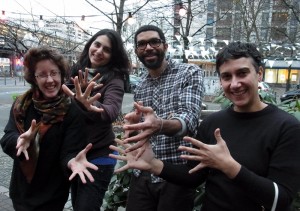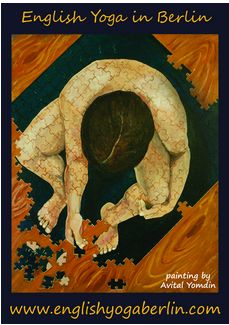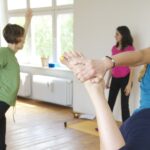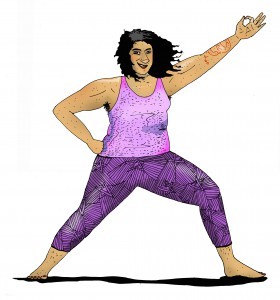 Last week we presented you with the first part of this blog. Here is the eagerly-awaited conclusion with the rest of the top tips for low-income freelancers in Berlin.
Last week we presented you with the first part of this blog. Here is the eagerly-awaited conclusion with the rest of the top tips for low-income freelancers in Berlin.
3) If you are a broke-ass freelancer and you’re registered with a German Health Insurance (a gesetzliche Krankenkasse) company, you may be eligible for a reduced rate. As a freelancer, they’ll usually assume that you make lots of money, so they’ll give you some heart-attack-inducing monthly rate (usually around 300euro). Don’t cave and pay it! Rather, tell them that you’re broke and they’ll send you a form about your income (Einkommensermittelung), from which they will calculate a monthly rate (a legally-defined percentage of your income). They have to charge you a minimum of (for 2014) 158e per month; it starts to rise when your take-home income goes above 927euro per month. Sometimes health insurance companies only offer these reductions for freelancing that is part-time (which they define as less than 19,5 hours per week, on average, and is considered nebenberuflich).
4) You’re not obliged to pay into the German pension scheme, unless you’re a teacher, midwife, crafts person, journalist, care worker or artist. The pension scheme is 19% of your monthly income, before tax. There was a proposed law last year to force all freelancers to pay in; it got struck down. If you have the money to pay in, it’s a great idea; it also is very important if you are trying to qualify for residency or citizenship here. You can see a more detailed list of which people are obliged to here.
5) You have to have more than one client. A lot of German businesses tell their employees to become freelance, so that they can employ them without paying benefits for them. It is a really dirty tactic and very widely practiced. Unfortunately, it is the freelancing employee who is penalized for this so-called Scheinselbständigkeit (apparent freelancing). If, during a calendar year, you make more than 83% from one client, you are considered to be scheinselbständig–and therefore are required to pay into the public pension scheme, which is gonna cost you a whack of cash. (They can make it retroactive for up to four years, too!)
6) If you’re here on a visa, make sure your paperwork shows you doing work that your visa allows. Not all freelance jobs are created equal–if your visa is for freelance teaching, you can’t just toss carpentry into the mix (well, not with a receipt, anyhow). Here is a blog on the issue , and another one.
7) You don’t pay tax on the first 8,130e you make (if you’re unmarried). If you’re married, your income is taken together and your partnership gets a tax-free amount of 16,260e. As a single person, it works out to about 670e per month of profit, before you have to start paying income tax. Your insurance is tax-deductible, and so are your pension payments. You can learn more here.
8) As a freelancer, it makes sense to learn about what you can claim as business expenses. For example, if you have office space at home, you can claim a part of your rent as a business expense–but make sure you get your landlord’s permission first, because it could be grounds for eviction otherwise! You can also make deductions for travel costs, further education, meals with clients–hell, even your bike. Learn about the tax regulations –it pays off!
9) Accountants are really expensive. The cheaper alternative is to join a Lohnsteuerhilfeverein–an association for helping people with their taxes. They’re non-profit associations, and the membership fee is usually pretty low.
10) When everything seems too much and you feel at the end of your rope, take a break, come to one of our classes for a yoga session where you can regroup, relax and take stock before going back into the thick of it.


















